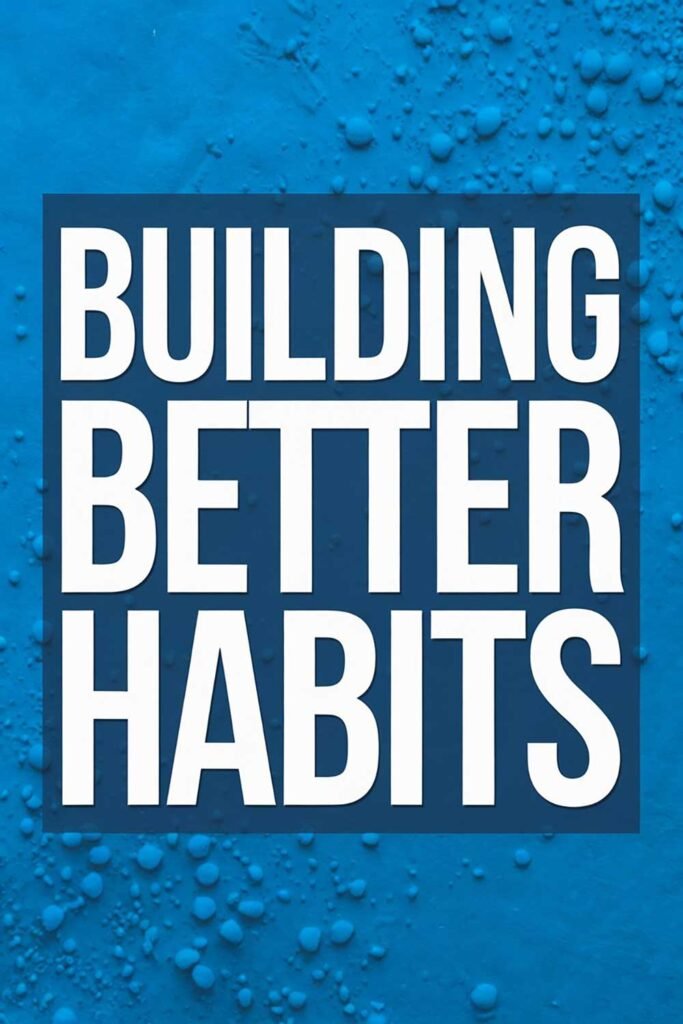
The Science of Habit Formation: How to Rewire Your Brain
Habits are the invisible architects of our lives. They dictate much of what we do without us even realizing it. But have you ever wondered how habits form and why they can be so difficult to change? The science of habit formation offers fascinating insights into how our brains work and, more importantly, how we can rewire them to create new, positive habits. Let’s dive into the science behind habit formation and learn actionable steps to transform your routines.

The Neuroscience of Habits
Habits form through a process in the brain involving a loop of cue, routine, and reward:
- Cue: A trigger that signals your brain to initiate a habit.
- Routine: The behavior or action itself.
- Reward: The benefit you receive, reinforcing the behavior.
Over time, this loop becomes ingrained in the basal ganglia, a part of the brain responsible for habit formation. This is why habits often feel automatic.
Why Habits Stick: The Power of Repetition
Repetition strengthens neural pathways in the brain. The more often you repeat a behavior, the stronger the connection becomes. This process, known as neuroplasticity, is the brain’s ability to adapt and reorganize itself. It’s why forming new habits requires consistent effort but eventually becomes second nature.
How to Rewire Your Brain for Better Habits
- Identify Your Habit Loop
- Pinpoint the cue, routine, and reward of your current habits. Understanding this loop is the first step to change.
- Start Small
- Begin with tiny, manageable changes. For example, if you want to start exercising, commit to just five minutes a day.
- Replace, Don’t Eliminate
- Instead of trying to stop a habit cold turkey, replace it with a positive alternative. Swap scrolling social media with reading a book.
- Leverage Habit Stacking
- Attach a new habit to an existing one. For example, “After I brush my teeth, I’ll meditate for two minutes.”
- Celebrate Small Wins
- Positive reinforcement helps solidify new neural pathways. Acknowledge and reward yourself for every small step forward.
- Be Patient
- Research shows it takes an average of 66 days to form a new habit. Stay consistent and trust the process.
Breaking Bad Habits: The Science of Unlearning
Just as you can form new habits, you can also unlearn bad ones. This involves:
- Disrupting the Cue: Identify and eliminate triggers whenever possible.
- Replacing the Routine: Find healthier alternatives to the unwanted behavior.
- Reframing the Reward: Focus on the benefits of the new habit rather than the old one.
Tools and Techniques to Support Habit Formation
- Visual Reminders: Use sticky notes, alarms, or habit trackers to stay on track.
- Mindfulness Practices: Awareness helps you identify and interrupt old patterns.
- Accountability Partners: Share your goals with someone who can keep you motivated.
Encourage Others
If you found this guide helpful, imagine the impact it could have on someone else’s journey to better habits. Share this article with friends or family who might benefit from understanding the science behind habit formation.
Picture This
Picture your brain as a garden, where each habit is a plant. With consistent care and attention, you’ve nurtured vibrant, thriving habits that bring joy and purpose to your life. The weeds of bad habits no longer hold space, replaced by the flourishing routines you’ve intentionally cultivated. Imagine the pride and satisfaction of knowing you’ve rewired your brain to align with your goals and dreams.
What new habit will you start cultivating today?






